All Posts
View Other Categories
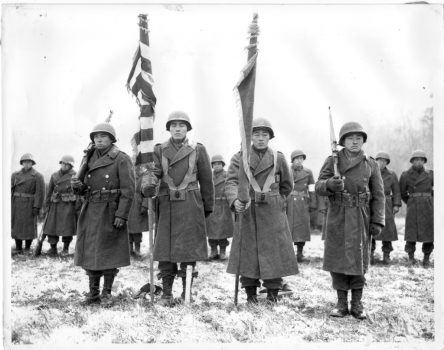
How We Remember the Rescue of the Lost Battalion
The rescue of the “Lost Battalion” holds a near-mythical place in Japanese American history. Over the years, dozens (if not hundreds) of films, novels, memoirs, history texts, exhibitions, and even…
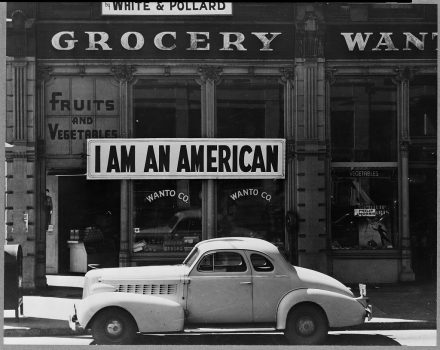
This Election Day, Asian Americans must refuse assimilation and loudly dream of a world that serves us all
Guest post by Miya Sommers On December 8, 1941, the day after Pearl Harbor, Tatsuro Matsuda commissioned and installed the famous “I AM AN AMERICAN” sign on his family business…
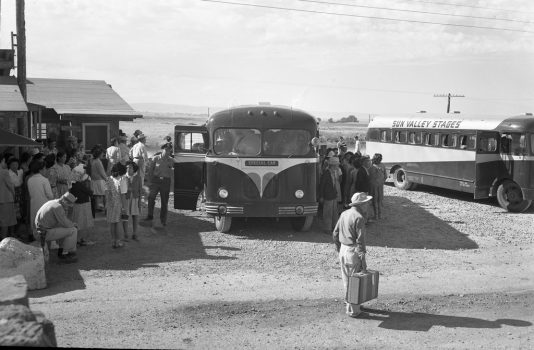
The Final “Confusing, Cumbersome” Days in Minidoka Concentration Camp
Historical accounts of Japanese American incarceration often pay far more attention to the beginning than the end. But the scenes of camp officials hustling bewildered inmates onto trains in late…

T. K. Pharmacy Was a Lifeline for Incarcerated Japanese Americans during WWII
T. K. Pharmacy was one of few Japanese American businesses that remained open during World War II. Operating out of Denver—outside the so-called “exclusion zone”—it offered a lifeline to Japanese…
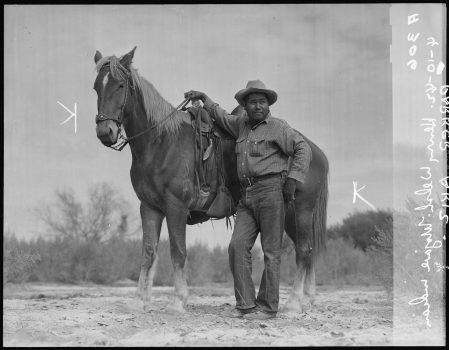
Japanese American Incarceration on Indigenous Lands
Japanese American incarceration, like all of American history, took place on occupied Indigenous land. These threads of displacement, confinement and forced assimilation are rooted in a much larger history of…
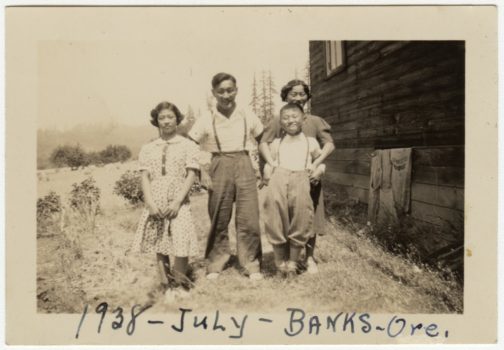
Photo Essay: Japanese American History Through the Eyes of Everyday Families
Personal collections are a critical component of Densho’s archives. These collections, donated by families and individuals, provide amazing insights into Japanese American history that might otherwise be forgotten, while allowing…
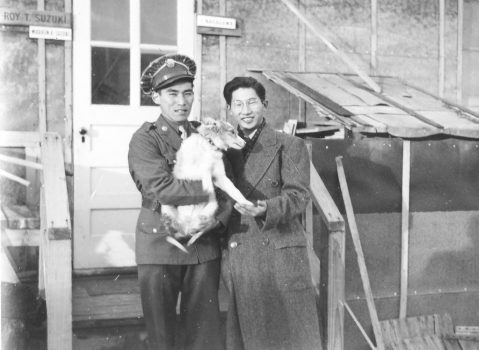
Pets in Camp: Dogs, Cats, Canaries, and “Even a Badger”
It is one of the most poignant—and often told—stories of the WWII roundup and incarceration of Japanese Americans: the wrenching decision that had to be made about a beloved pet…
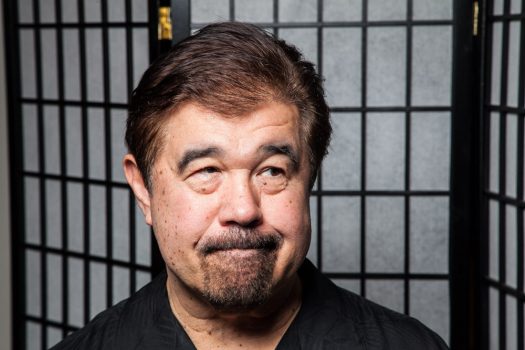
In Memoriam: A Tribute to Lane Ryo Hirabayashi
Lane Ryo Hirabayashi was an innovator in the field of Asian American Studies, a historian and storyteller who dedicated his life to deepening public knowledge of Japanese American WWII incarceration,…
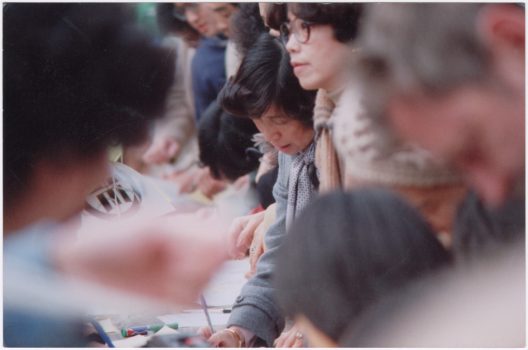
Commemorating Redress in the Archives
On this anniversary of the signing of the Civil Liberties Act of 1988 we’re highlighting some recent additions to Densho’s archives that focus on the Redress Movement. Along with our…
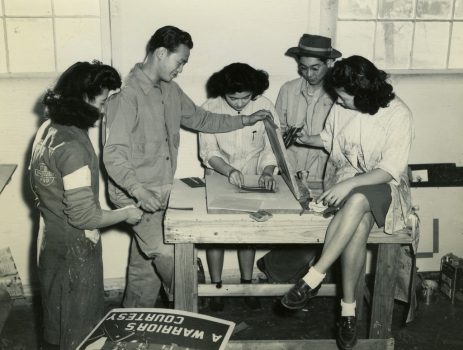
Photo Essay: The Amache Silk Screen Shop
The Amache concentration camp in southeastern Colorado was, in many ways, similar to other War Relocation Authority camps where Japanese Americans were incarcerated during World War II: rural and rugged,…
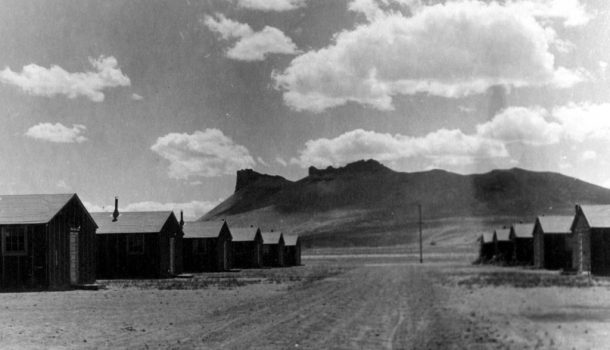
Understanding Tule Lake: A Brief History
Tule Lake began as one of ten concentration camps that held Japanese Americans forcibly removed from the West Coast in 1942. Early experiences there were, in many ways, much like…

Why Japanese Americans Should Join the Fight for Abolition
Guest post by Sara Onitsuka The last few weeks of protest, sparked by the murder of George Floyd and rising out of 400+ years of slavery, genocide, and other white…
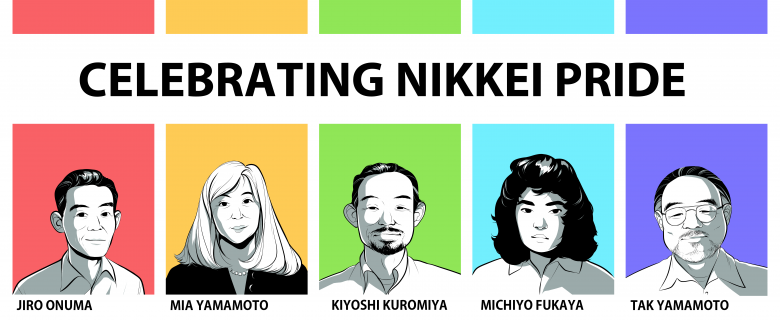
5 Queer Nikkei Ancestors Everyone Should Know About
As we uplift the achievements and ongoing struggles of LGBTQ communities this Pride season—which, friendly reminder, exists because Black trans women rioted against police violence—we want to highlight the stories…
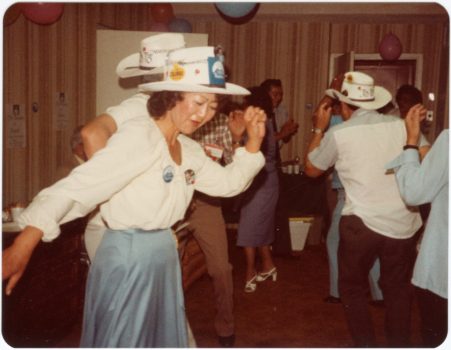
Densho Events Calendar
We may not be able to come together in person anytime soon, but you can rest assured that we’re working hard to expand our digital offerings and create virtual gathering…
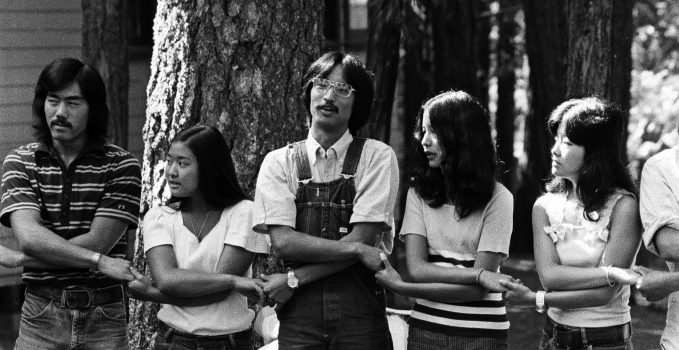
Densho Community Hour with Executive Director Tom Ikeda
At this moment, we are all trying to comprehend the gravity of recent tragic events and the constantly changing COVID-19 situation. Many of us are processing feelings of frustration, anger,…
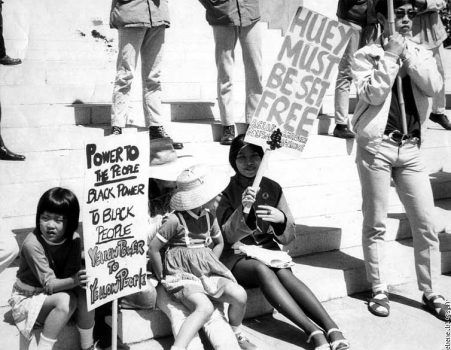
Asian American Anti-Blackness Is Real—And So Is Our Responsibility to End It
We’re holding a lot of grief and anger over the Black lives stolen by white supremacy in recent weeks. For George Floyd, Breonna Taylor, Nina Pop, Ahmaud Arbery, and so…
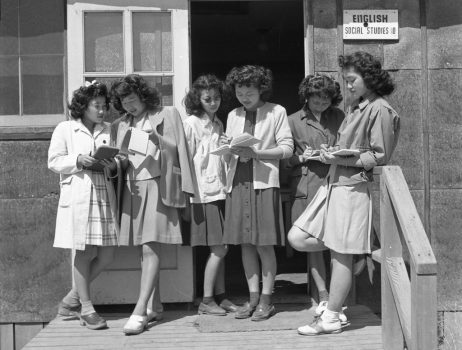
Read These “Camp” Memoirs for a First-Person Look at Japanese American WWII Incarceration
When we think of Japanese American memoirs of the concentration camp experience, most of us think of a handful of older classic titles first: Jeanne Wakatsuki Houston and James Houston’s…
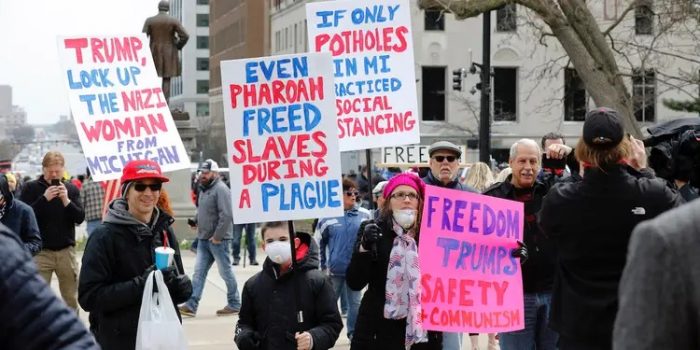
We Can’t Believe This Actually Needs to Be Said, But No, Quarantine Is Not the Same Thing as Incarceration
Earlier this month, three Kentucky pastors filed a lawsuit against a statewide lockdown to limit the spread of COVID-19 — citing Fred Korematsu’s Supreme Court case to paint the order…

‘It was my first grown-up feeling of responsibility’: Student Views of Life in a Japanese American Concentration Camp
We’re fortunate today to have access to hundreds of testimonies from Nisei elders who were incarcerated as children during WWII. But the perspective captured in these oral histories is that…
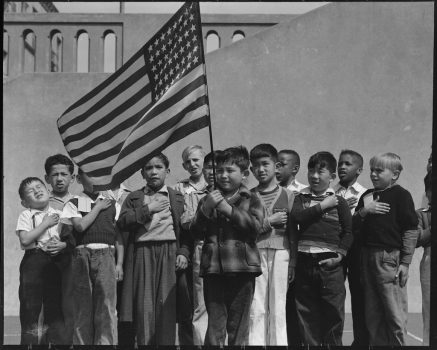
Appealing to the Model Minority Won’t Stop Anti-Asian Hate
In an op-ed for The Washington Post this week, former Democratic presidential candidate Andrew Yang urged Asian Americans to combat a recent surge in anti-Asian hate by “embrac[ing] and show[ing]…

Open Letter: Stop Repeating History and Release Immigrants Detained at NWDC
On March 27th, Japanese Americans across the country are joining frontline communities in urging Washington State Governor Jay Inslee to immediately release all immigrants from the Northwest Detention Center to…
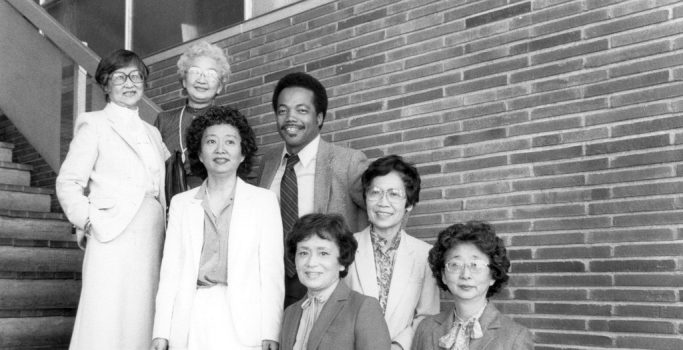
The Nisei Women Who Fought—and Won—an Early Redress Battle in Seattle
On February 27, 1942, the Seattle School Board accepted the forced resignations of 27 Nisei women working as clerks for the school district. Four decades later, those women fought for,…
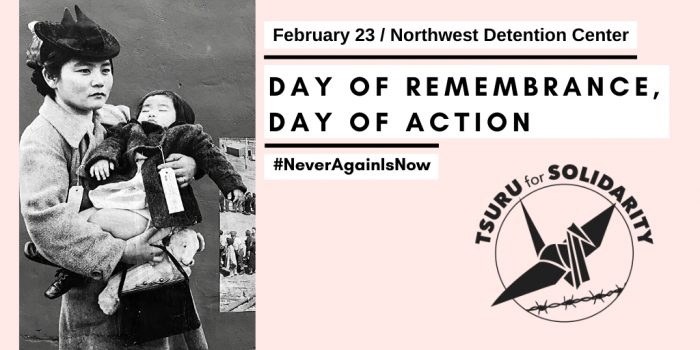
Day of Remembrance, Day of Action
We’re gearing up for our Day of Remembrance, Day of Action at Northwest Detention Center on February 23rd, and we hope to see you there! This event commemorates the 78th…
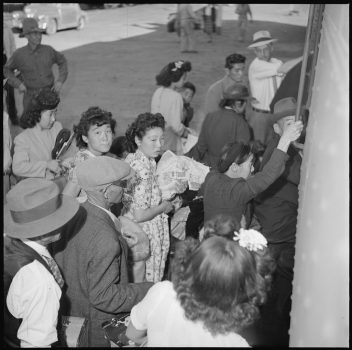
Photo Essay: Japanese Americans Return to the West Coast After WWII Incarceration
The exclusion of Japanese Americans from the West Coast during WWII came to an official end on January 2, 1945. By the end of the year, nine of the ten…